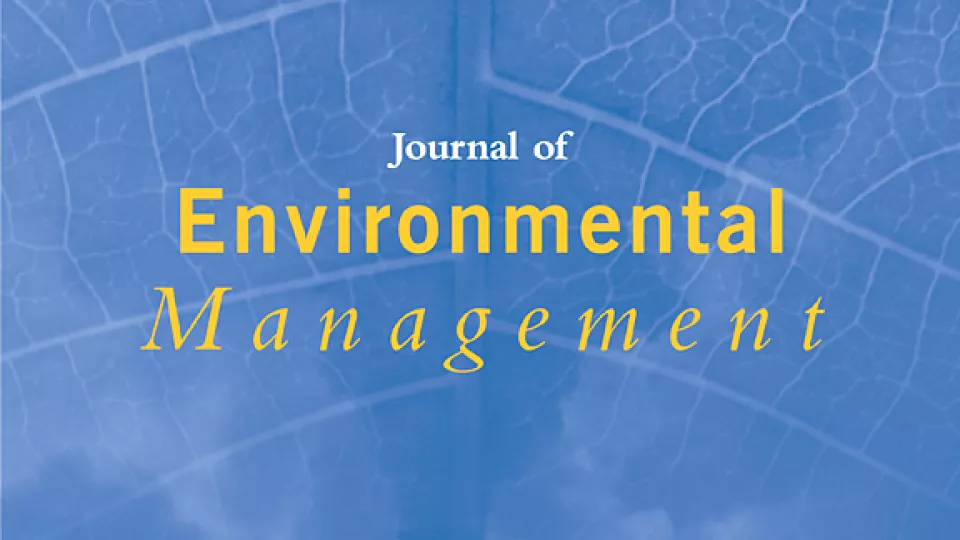Abstract
Comprehensive national estimates of groundwater storage loss (GSL) are needed for better management of natural resources. This is especially important for data scarce regions with high pressure on groundwater resources. In Iran, almost all major groundwater aquifers are in a critical state. For this purpose, we introduce a novel approach using Artificial Intelligence (AI) and machine learning (ML). The methodology involves water budget variables that are easily accessible such as aquifer area, storage coefficient, groundwater use, return flow, discharge, and recharge. The GSL was calculated for 178 major aquifers of Iran using different combinations of input data. Out of 11 investigated variables, agricultural water consumption, aquifer area, river infiltration, and artificial drainage were highly associated to GSL with a correlation of 0.84, 0.79, 0.70, and 0.69, respectively. For the final model, 9 out of the totally 11 investigated variables were chosen for prediction of GSL. Results showed that ML methods are efficient in discriminating between different input variables for reliable GSL estimation. The Harris Hawks Optimization Adaptive Neuro-Fuzzy Inference System (HHO-ANFIS) and the Least-Squares Support Vector Machine (LS-SVM) gave best results. Overall, however, the HHO-ANFIS was most efficient to predict GSL. AI and ML methods can thus, save time and costs for these complex calculations and point at the most efficient data inputs. The suggested methodology is especially suited for data-scarce regions with a great deal of uncertainty and a lack of reliable observations of groundwater levels and pumping.


